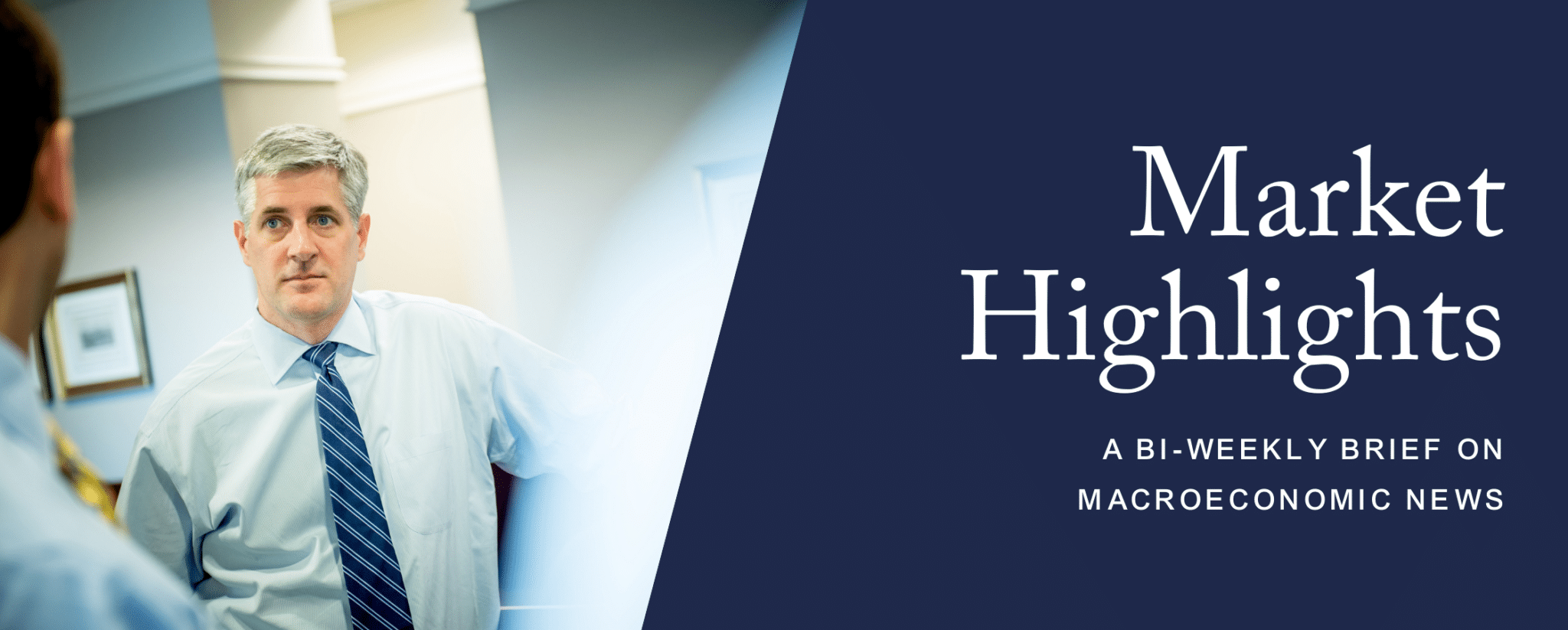
February 28, 2023
January macroeconomic data came in hot: hot jobs, hot spending, and hot inflation. Initial jobless claims remain stubbornly below 200k and have been trending sideways for the better part of the past year, suggesting no material softening of the job market. While it is doubtful that we will get the same level of job gains we had in January, which received an extra boost from warmer-than-normal weather along with seasonal adjustments, February is likely to remain +200k or better. January retail sales rebounded strongly from softer November-December readings, while personal spending in January confirmed the resilience of the consumer, who continues to be supported by strong job/wage gains and excess savings. Lastly, all three key inflation gauges – Consumer Price Index (CPI), Producer Price Index (PPI), Personal Consumption Expenditure (PCE) – were hotter than expected in January, on top of upward revisions to prior months. The Cleveland Federal Reserve’s inflation NowCast currently indicates little relief in February. As a result of all this stronger data, the Atlanta Federal Reserve’s 1Q GDPNow has been revised further upward from +0.7% to +2.7%.
In our opinion, the much discussed “no landing” scenario for the economy is simply a “hard landing deferred.” Either (a) the economy weakens and inflation comes down, and profits disappoint; or (b) the Federal Reserve will continue to tighten, increasing the risk of an even harder landing. Either way, the message remains: “Don’t fight the Fed.”
As highlighted by Credit Suisse, the fourth quarter earnings season was one of the worst outside of a recession in the past 25 years. Actual earnings underwhelmed with below-average beats on estimates that had already been revised down more than usual coming into the reporting season. With 95% of the S&P 500 having now reported, fourth quarter EPS looks to be down about 3% year-over-year – the first decline since the pandemic-impacted September quarter of 2020. Based on current consensus estimates it appears we have now entered into an earnings recession (if not an economic recession), and profit margins will continue to be at risk so long as costs continue to rise faster than revenue.
Market risk remains elevated with valuations full, earnings per share estimates falling, investor sentiment still optimistic, and market volatility (as measured by the VIX, the Cboe Volatility Index) still reflecting complacency – especially now that reaccelerating growth and inflation means that the Fed must take rates higher for longer.